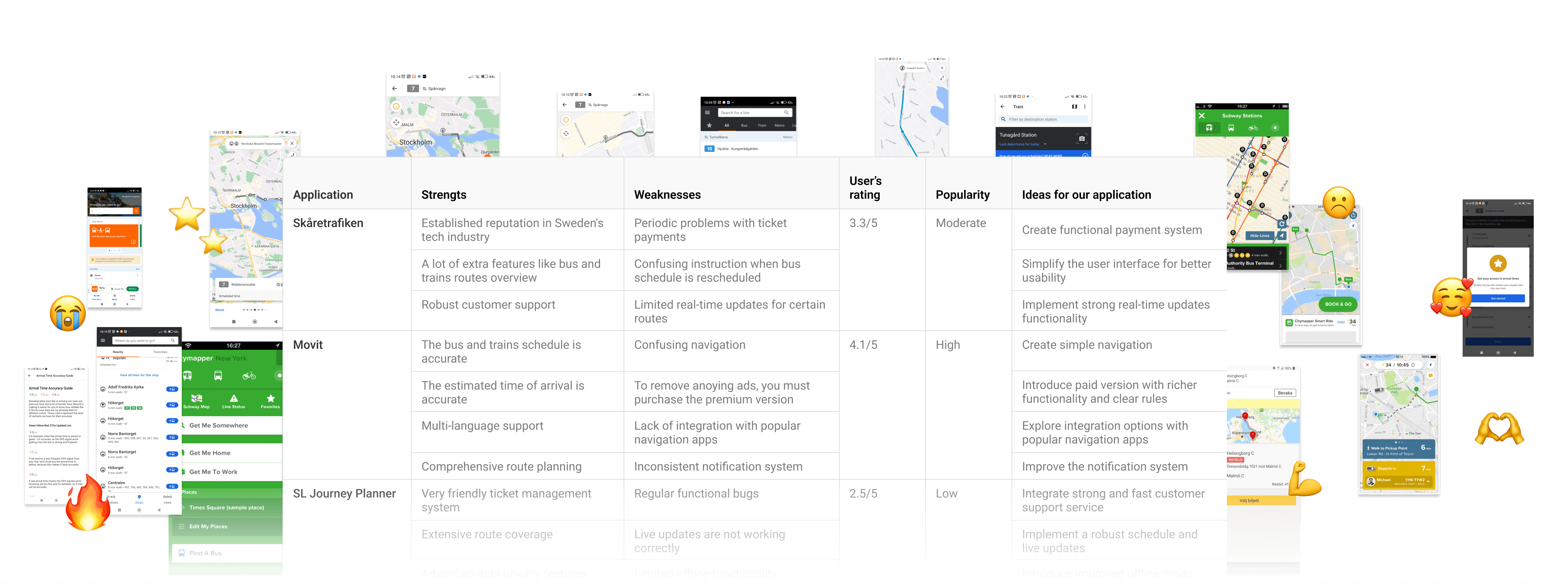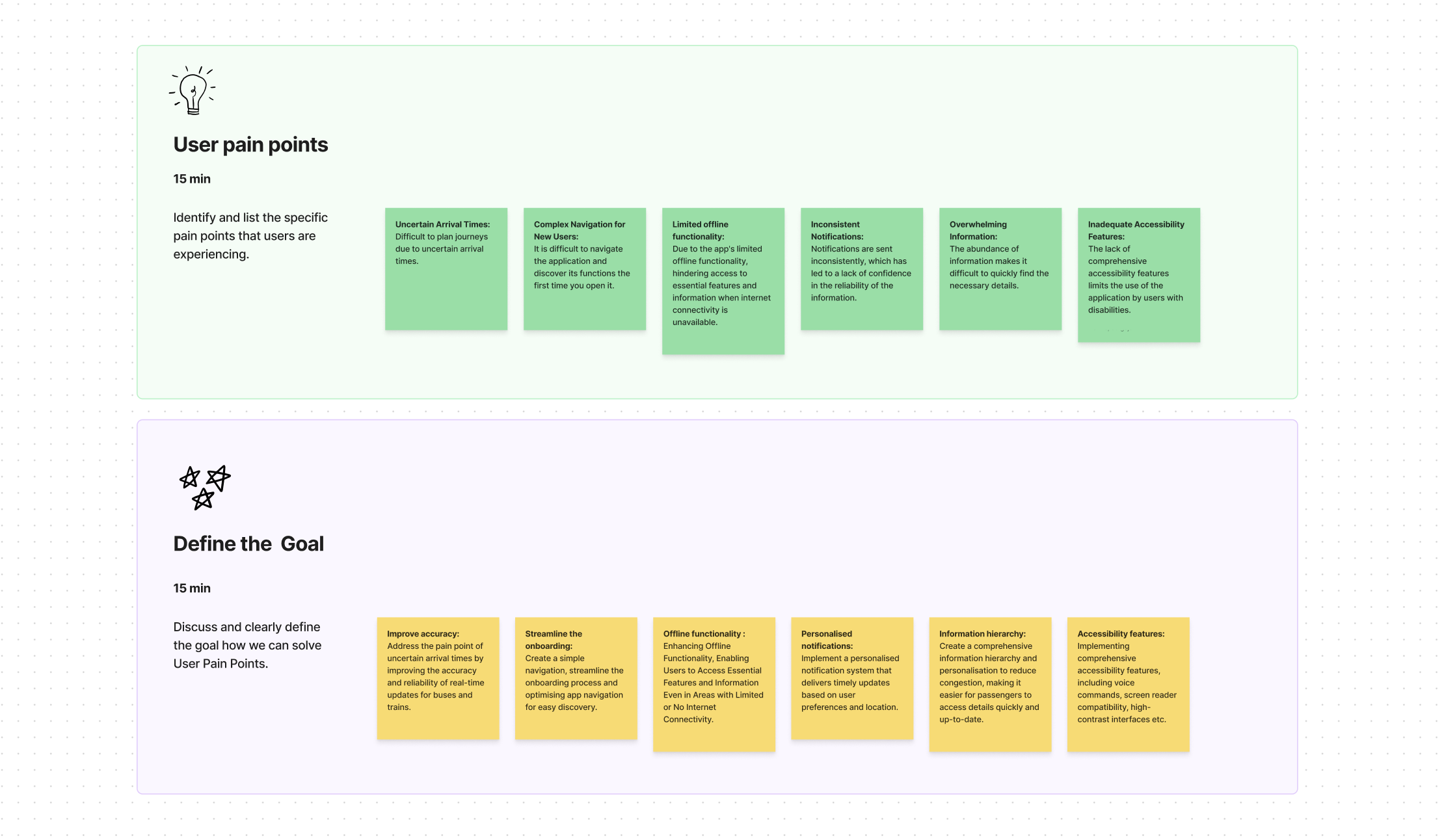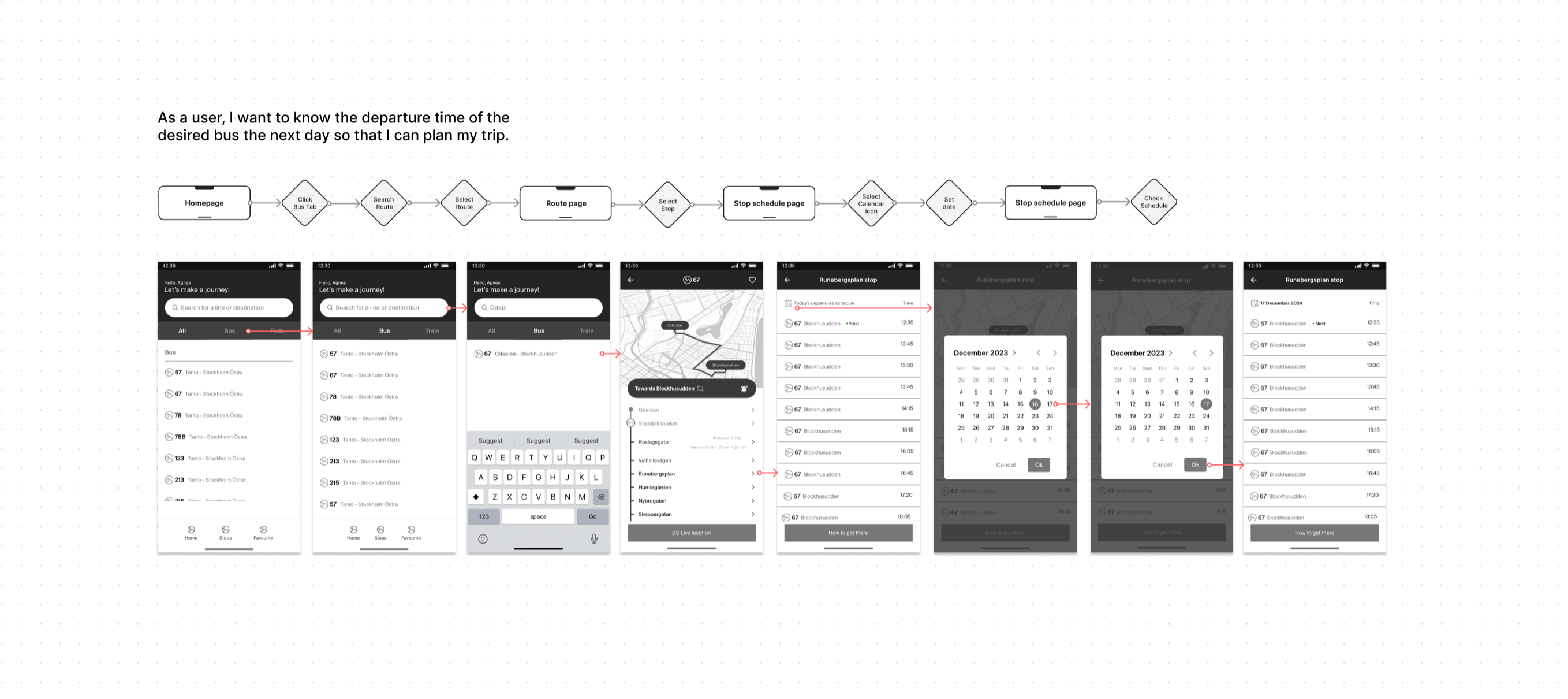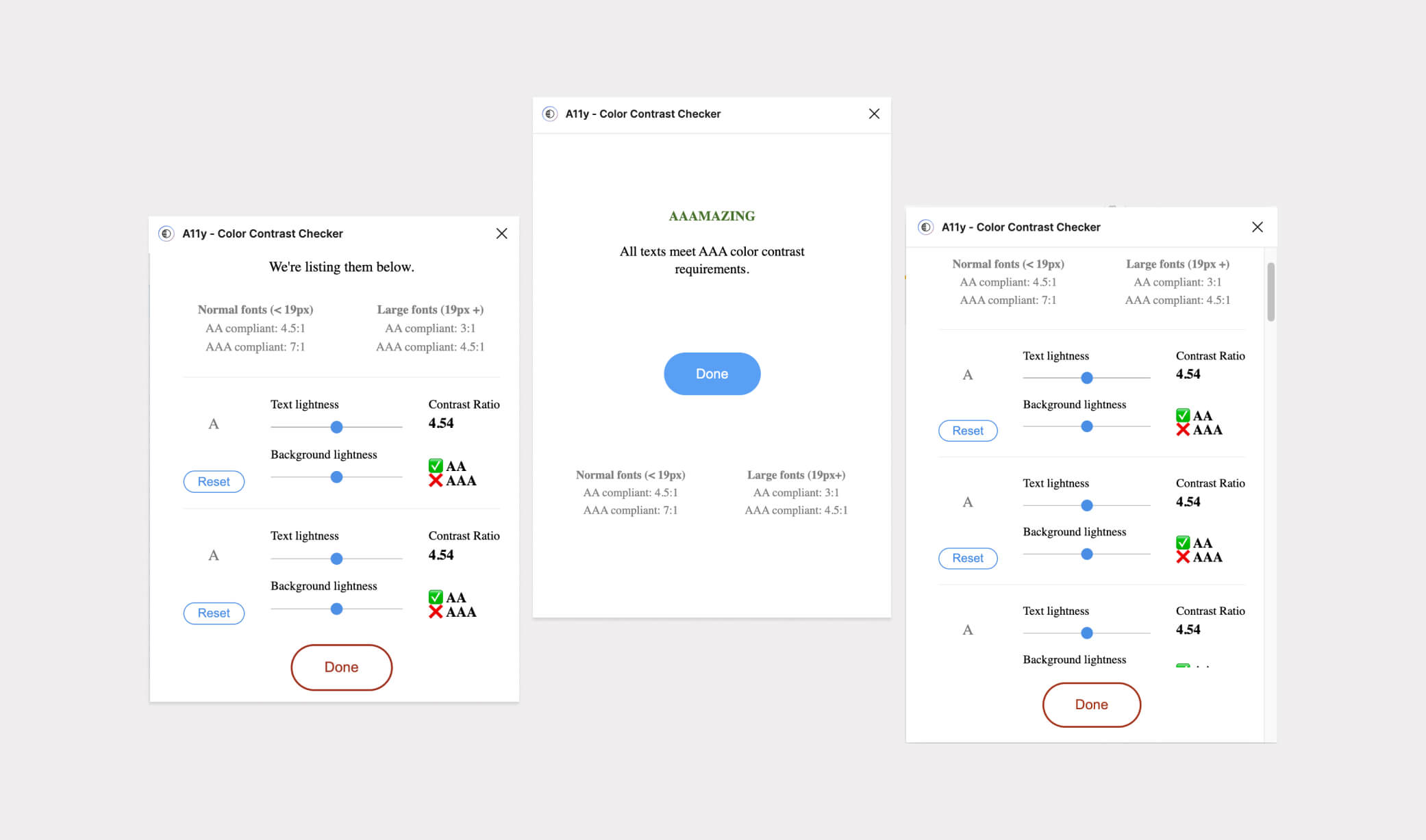Who we built this for?
Our target users
Our research identified commuters aged 25-45 as the most impacted by transit inefficiencies. To address their needs, we created three personas:
- • Astrid (Daily Commuter) → Needs reliable ETAs for work travel
- • Agnes (Professional) → Struggles with complicated trip planning
- • Johan (Occasional Traveler) → Finds navigation confusing
These insights shaped our design decisions, usability testing, and feature prioritization.




